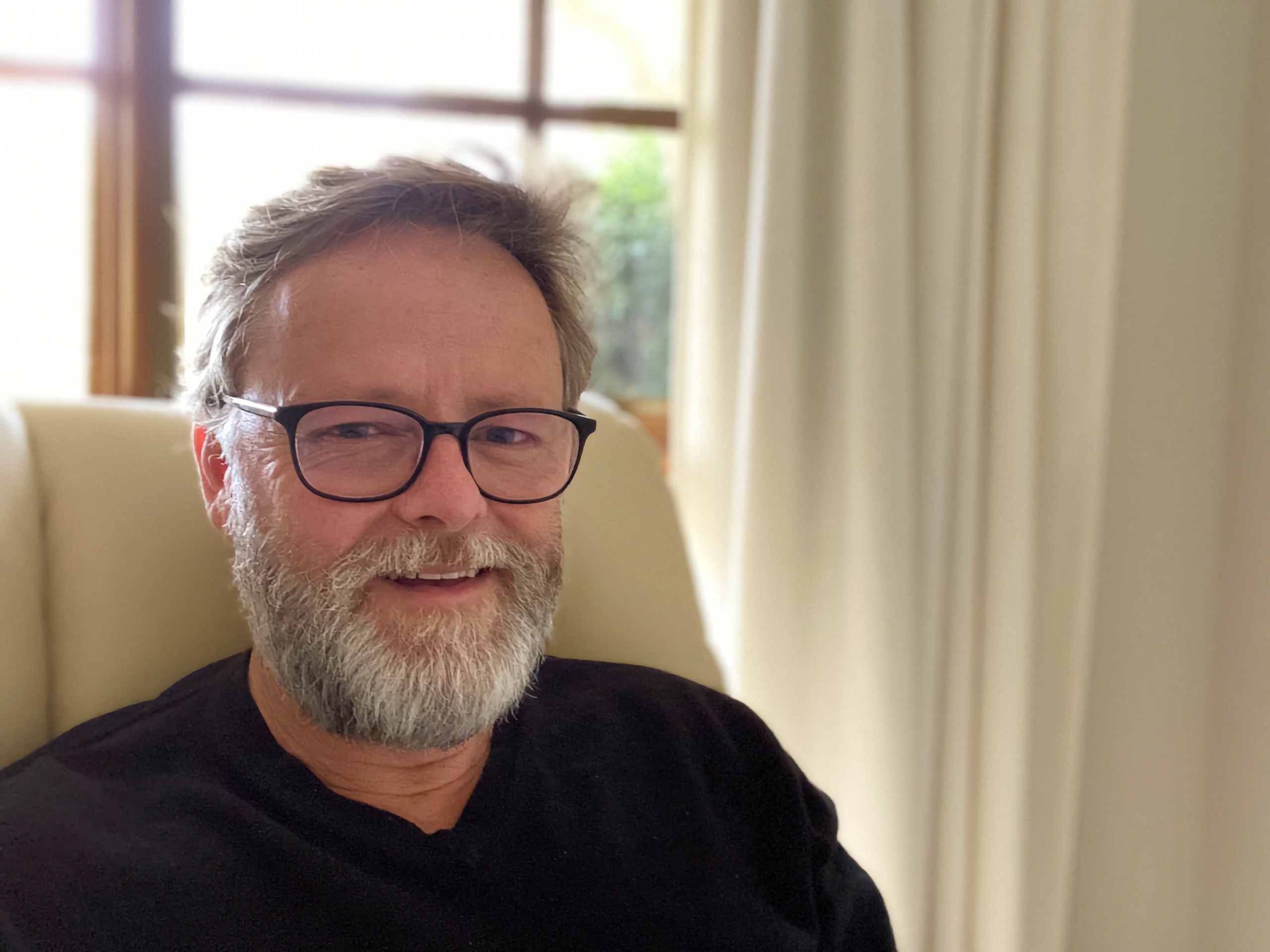About this site

Hi there, my name’s Dermot and I’ve been pastoring for the past 35 years. First as a youth pastor and then as the senior pastor of 2 churches. I’ve been at my current church for 22 years. During that time I’ve had a dream to see our church become such an integral part of its community that if we were ever to close our doors our entire community would be worse off.
- What would church look like if we were to become that type of church?
- What would our practice look like?
- How would we measure our effectiveness if bums on seats on a Sunday weren’t a key performance indicator?
- How would we reach our community given that the public perception and engagement with church has been declining rapidly in Australian communities?
These were some of the questions we set out to answer over the past 8 years in our local community here in Clarence Plains, a social housing community in Southern Tasmania on the outskirts of Hobart.
For a long time I’d felt that the way we did church too often followed patterns of ministry that no longer worked in the context of our Australian culture. A new model of ministry was needed if we were to have any hope of reaching our community with the love of Jesus. Now it seems everyone has a theory these days, but any new model needs to be tested and proven in the wild before giving it airtime and to that end we rolled up our sleeves and got to work. 8 years later we’ve arrived at a number of startling conclusions, the main one being that reaching a community is surprisingly easy if you start with an attitude of service rather than service provider.
Too often churches are guilty of making their love for their community transactional rather than unconditional. We run our community programs looking for a return for our efforts. Now there’s nothing wrong with wanting people to have a relationship with Jesus but that should never be why we do good in our communities. We do good because that’s what followers of Jesus do, it’s part of our new nature. When we do good, people get to road test the love of God toward them. We give opportunity for the Holy Spirit to work as people see the authenticity of our care for them.
At Grace we did that by finding out what our community was doing and offering to help them rather than setting up programs ourselves. Along the way we discovered it was a sustainable model because it’s focused on helping people do what they’re already doing rather than starting up programs that we had to keep running.
On this website you can read some of my thinking around community and ministry. My hope is to stimulate better thinking and practice around community engagement.
